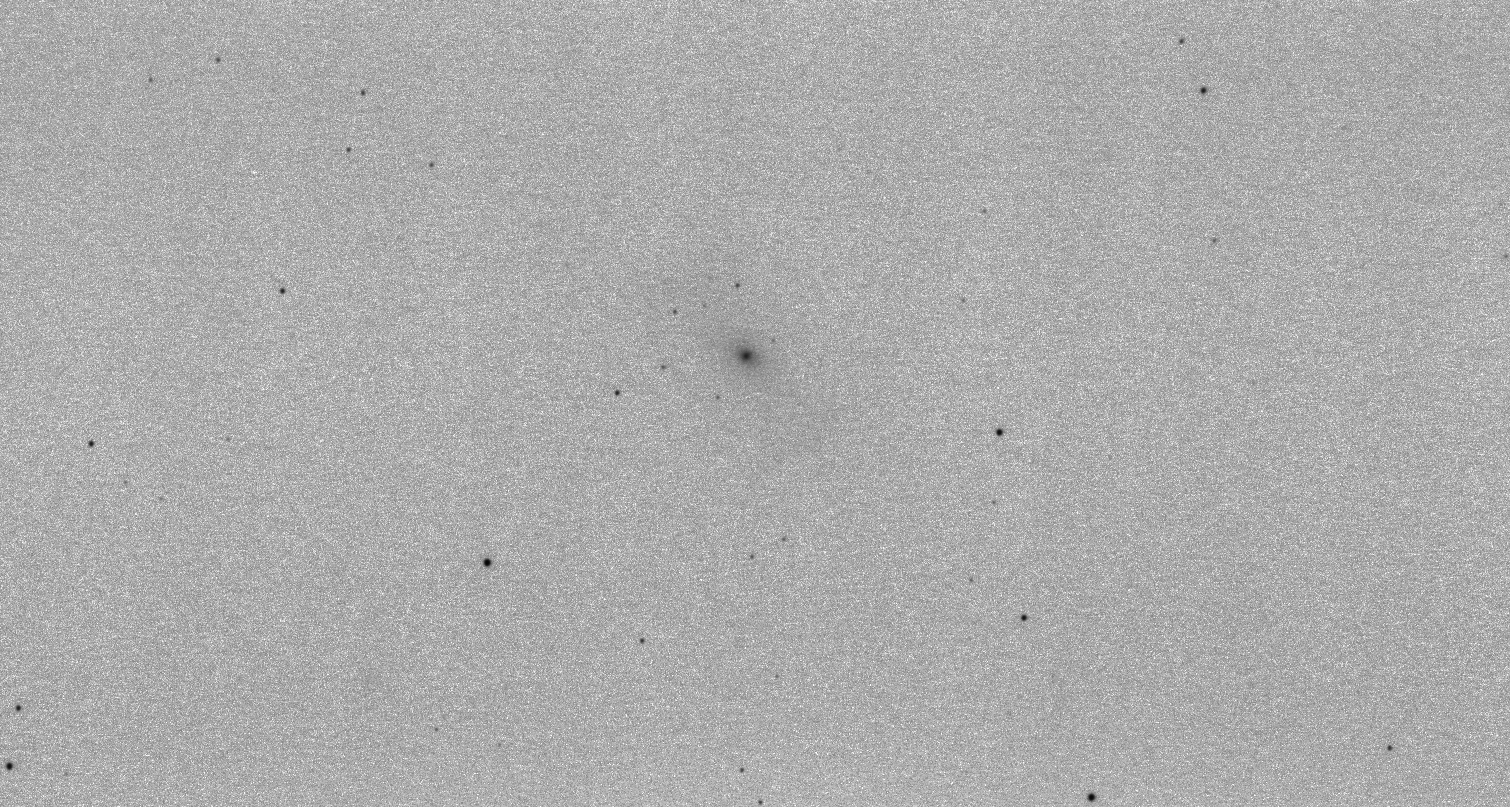Astrophotography, an incredibly rewarding and challenging hobby, in which so many things can go wrong, never stops finding ways to stomp you.
Since my friend Samuel installed his GSO RC8 on my mount in Nerpio, I had been tormented by trouble with elongated stars.
You probably won’t believe me now, but I’ve been struggling with conflicting evidence: it was tilt, no it wasn’t; it was flexure of the OAG mirror, no it wasn’t; it was bad tracking, no it wasn’t, wait it was, no really it’s not, hold on a second it is!
Multiple experiments with short and long exposures kept giving me conflicting evidence whether the tracking was indeed poor or not. I’ve had elongated stars with only 10 second subs, or perfect stars with 1800 second subs.
Last night, at last, I found that the clock in my mount had been running 8 minutes late. Thankfully, my mount has a near perfect polar alignment (1’ 10”) and a better orthogonality of the optical train (40”), so after a home reset I was able to perform a new 6-star alignment.
Apparently the wrong time confused the pointing and tracking algorithms, because after fixing it and aligning again, all the tests I’ve performed yielded round stars down to 15%.
In the following image, you can see a stack of nine 1800” subs on the galaxy NGC 4725 in H-Alpha. The stars are nearly perfect, and there’s some hints of matter in the spiral arms. I’ll probably continue and try to reach more depth, and then I’ll take luminance data when the Moon is gone, and merge data with Samuel and Colin to see what we get.
NGC 4725 is an interesting galaxy because of its peculiar one-armed configuration.
I don’t need to mention that now that things appear fixed, the bad weather is returning, do I?

